Mauryan Empire
by Devender
0 2723
The time period which was ruled by the Mauryan empire was 321 to 184 BC.
Mauryan Empire
- Literary Sources:
- King & his council and departments of government
- Civil and Criminal Law
- Diplomacy of war
- Chandragupta Maurya:
- Bindusara:
- Ashoka:
- Ashoka & Buddhism:
- Ashoka's Dhamma:
- Father & mother's service, Reverence to teachers, Practice of ahimsa & love of truth
- Prohibition of animal sacrifices & slaughter, and of festive gathering for meaningless rituals
- Humane treatment of servants by the masters & prisoners by the governmental officials
- Courtesy to relations & liberty to Brahamanas with tolerance towards all religious sects
- Conquest through Dhamma instead of war
- Gave up hunting & killing & began practicing agriculture
1 Kautilya’s Arthshashtra
It was written by Chanakya/Kautilya/Vishnugupta/Indian Machiavelli in the Sanskrit language. It contains 15 books with 180 chapters and is divided into 3 parts:
2 Vishakadatta’s Mudrarakshasa
It is a drama written in Sanskrit during the Gupta period which describes how Chandragupta Maurya overthrew Nandas with help of Kautilya. It also provides the socio-economic picture of conditions during the reign of Mauryas.
3 Megasthene’s Indica
Megasthene was a Greek ambassador in the court of Chandragupta Maurya and he wrote Megasthene’s Indica which provides details of Mauryan administration & military organization particularly of the capital city of Patliputra. However, his book is only survived in fragments.
4 Ceylonese Chronicles
It introduces us to the role of Ashoka in spreading Buddhism in Srilanka. It is known as Dipavamsa & Mahavamsa.
5 Edicts of Ashoka
The inscriptions of Ashoka were firstly deciphered by James Princep in 1837. It was written with Brahmi Scripts mainly Pali and Prakrit. In northwest India, Ashoka's inscriptions were also found in the Kharosti script.
The famous Sanchi Stupa and Sarnath Pillar were also from Ashoka's reign. The name Ashoka doesn't appear in all edicts. It only appears in a few edicts and rests mention him as Devampriya Priyadasi which means Dear to Gods.
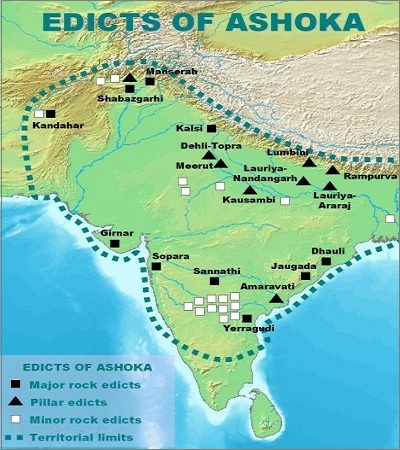
He founded the Mauryan empire with the help of Kautilya and by defeating the Nandas. He also marched against Selucus Nikator, the general of Alexander who controlled NW India and defeated him too. After the defeat, Selucus Nikator signed a treaty with him. According to the treaty, Selucus gave Chandragupta eastern Afghanistan, Baluchistan & the area west of Indus & in return Chandragupta gifted 500 elephants to Selucus & married his daughter.
Megasthenes was sent to Mauryan court as a Greek Ambassador. The Greek writer Justin wrote an epitome called Chandragupta "Sandrocottus". Towards the end of his life, Chandragupta embraced Jainism and gave his throne to his son "Bindusara". He went to Mysore with other Jain monks led by Bhadrabahu where he starved himself to death.
He was known as Amitragatha which means Slayer of enemies by the Greeks. He was able to conquer the Deccan up to Mysore and he also appointed Ashoka as the governor of Ujjain. The successor of Nikator, Antichus 1 replaced the Greek ambassador Megasthenes with Deimachus in the Mauryan court under Bindusara.
He won the war of Kalinga which is described as the most important event of his reign. The Kalinga war-affected Ashoka hugely which he himself described in rock edict 13. After the Kalinga War, he embraced Buddhism under the Buddhist monk Upagupta/Mogaliputra Tissa.
After that, he abandoned the policy of physical conquest and started a policy of cultural conquest (Bherigosha replaced by Dhammagosa). It is mentioned on the rock pillar 13.He also appointed some administrative officers which were known as Rajukas who had the power to reward or punish wherever and whenever necessary. He set a very high standard for himself as Paternal Kingship which basically is Father of all.
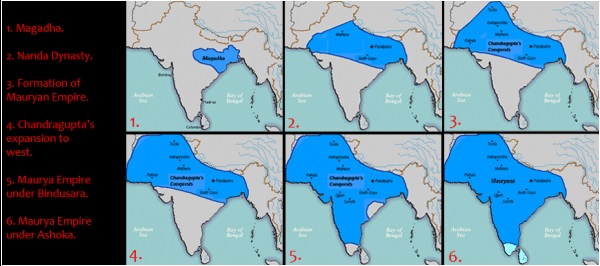
Ashoka converted to Buddhism after the Kalinga war but his transformation was not immediate. He gradually embraced it, he first became a sakya upasaka (Lay disciple) and after two and a half years, he became a bikshu (Monk) and gave up hunting. He constituted Dhamma yatras to Sarnath, Bodhh Gaya, etc. He also appointed officers known as Dhamma Mahamantras to propagate Dhamma among different social groups.
He then sent his son "Mahendra" and his daughter "Sangamitra" to Srilanka. They planted the branches of the original Bodhi tree in Srilanka. He also convened the third Buddhist council in Patliputra to provide strength to Sangha.
Ashoka's Dhamma held that if people behave well, they can reach Heaven but he never mentioned Nirvana which was the prime objective of Buddhism. Therefore, his teachings were to maintain social order and does not seems to have preached any sectarian path.
After the death of Ashoka, the Mauryan empire was divided into two parts: Western and Eastern. The Western part was collapsed by the Bactrian invasion whereas the Eastern part's last king was killed by Pushyamitra Sunga.
Mauryan Administration
1 Central Government
- Kautilya supported the monarchy but he was against the royal absolutism
- Kautilya always wanted the king to take the advice of his ministry in running the administration
- Council of Ministers consisted of Purohit, Mahamantri, Senapati & Yuvraj called mantriparishad assisted the king in administration matters
- Civil servants were known as amatyas
- Amatyas used to look after the day to day administration & their selection method was given by Kautilya
- Samharta was the chief of the revenue department and he was in charge of the collection of all revenues of the department
- Sannidhata was the chief custodian of state treasury & storehouse
- All the matters related to commerce and industry were handled by officers known as Adhyakshas
- Dharmadhikari was judicial chief justice of Supreme Court at the capital in Mauryan times
- Amatyas handled subordinate courts
- Jails were under appointed officers
- The Mauryan empire was divide into 4 provinces with capitals at Taxila, Ujjain, Suvarnagiri, and Kalinga
- Governors were appointed from the royal family for the administration of each province
- Rajukas handled district administration with assistance from Yuktas or subordinate officials
- Gramani were in charge of Village administration and they were supervised by Gopa
- Art & Architecture:
2 Revenue Department
3 Commerce and Industry
4 Judiciary
5 Provincial & Local administration
In the time of Ashoka, the use of stones for making monuments started. Highly polished, monolithic, slightly tapering rock pillars & highly polished caves were used. Even the Sarnath pillar is a great example of the art of that time era, it has 4 lions standing back to back with a small lion, elephant, bull & horse in a circle.
Many believe that the art of making steel started and spread by Mauryas. They were able to introduce burnt bricks to make structures & ring wells along with the use of the spiked wheel for the first time after the Indus Valley Civilization.
A lot of pottery and punch-marked coins are found of the Mauryan era. The Barabar hills near Bodh Gaya were presented to Ajivikas by Ashoka & his son Dasratha forms a wonderful piece of Mauryan architecture.
Cause of fall of Mauryan Empire
The policies of Ashoka after embracing Buddhism antagonized Brahamanas who brought about a revolution led by Pushyamitra Sunga as it prohibited them from sacrifices & rituals.
After Ashoka, the empire was divided, the successors were weak and administrative abuses by Dustamatyas also led to the demise of the empire.
Iron was now used widely which led to the formation of new kingdoms. The Mauryans never paid much attention to the NW front of India which also led to their downfall.
The Chinese ruler, Shih-Huang-Ti constructed the Great Wall of China to prevent its borders from Iranian attackers but Mauryans didn't do anything of this sort.
Pushyamitra sunga was Brahamana who killed the last Mauryan King publicly and also persecuted Buddhists while restarting rituals and sacrifices which brought the ultimate end of Mauryas.

Share:

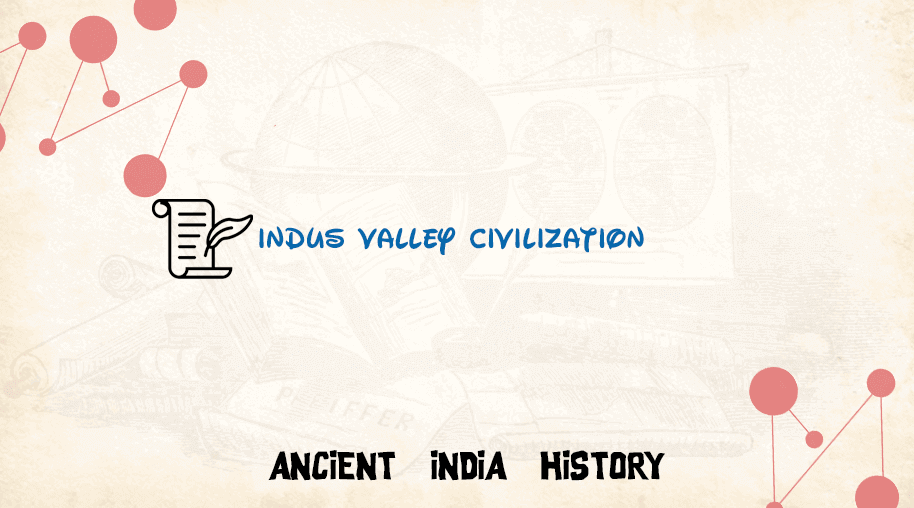
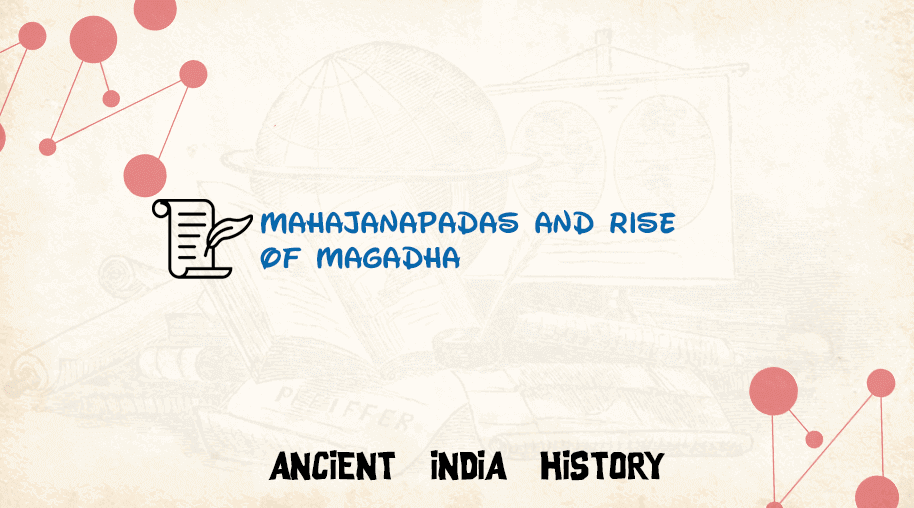
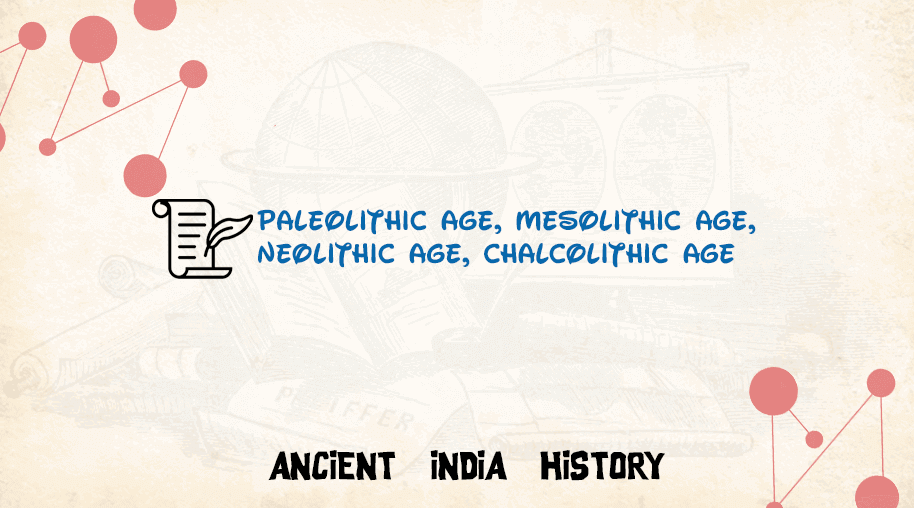
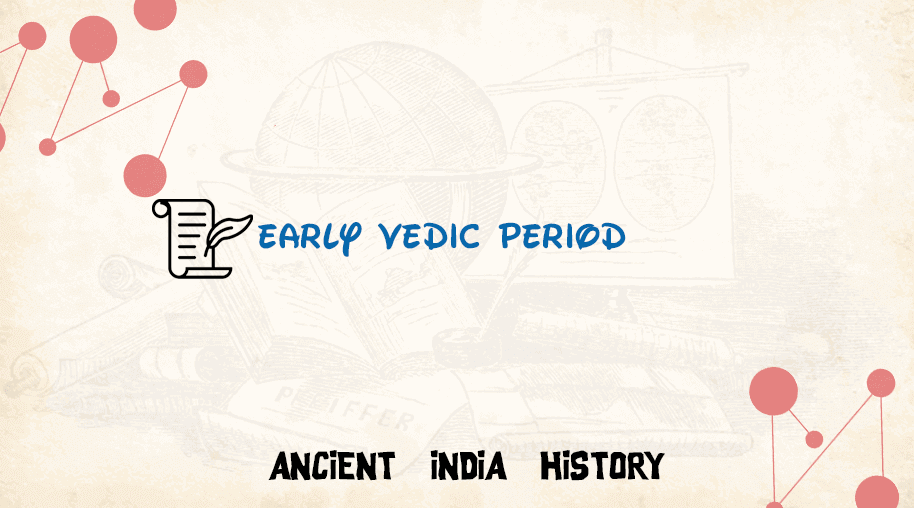


Comments
Waiting for your comments